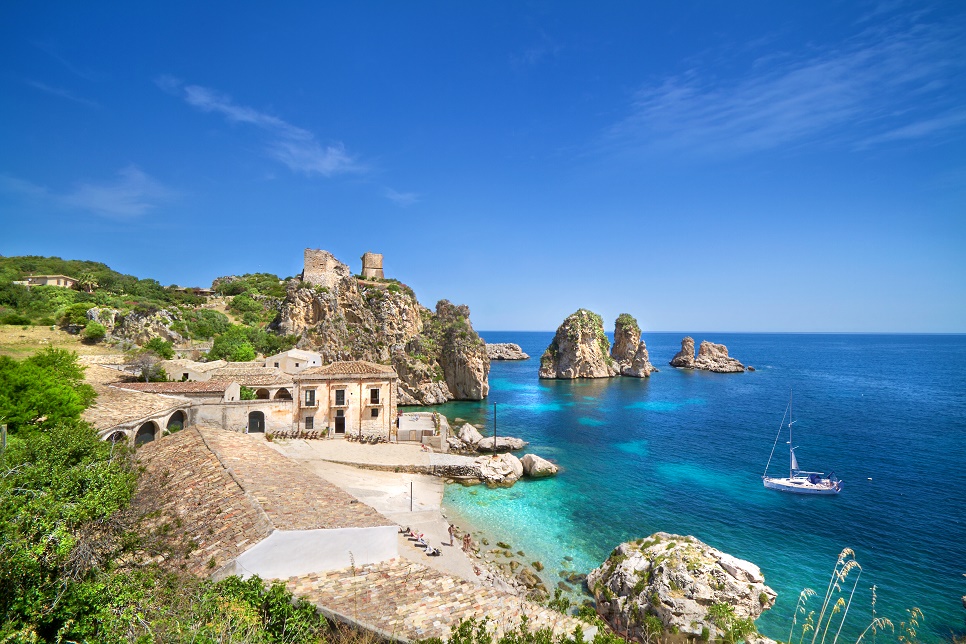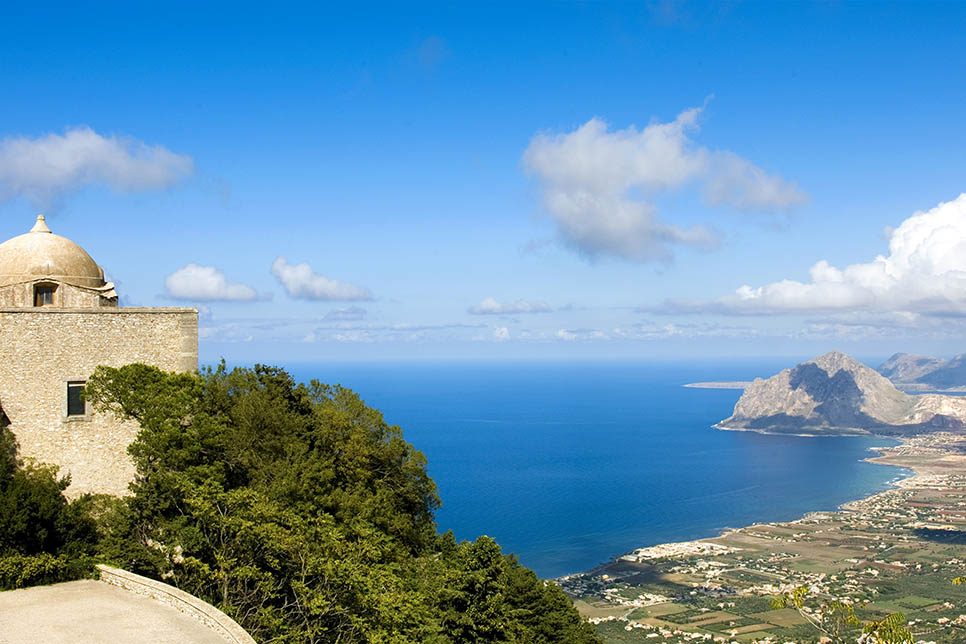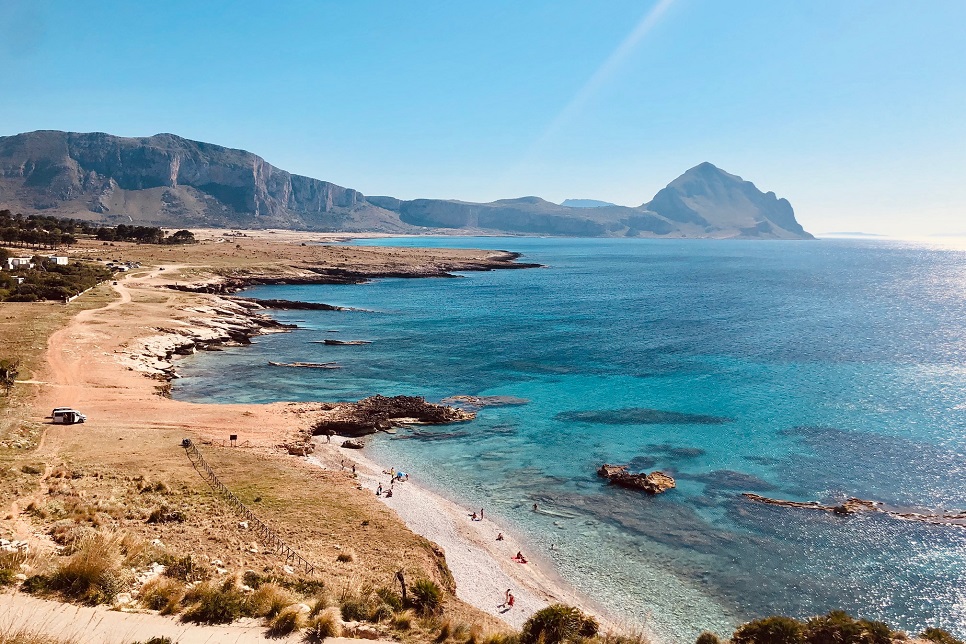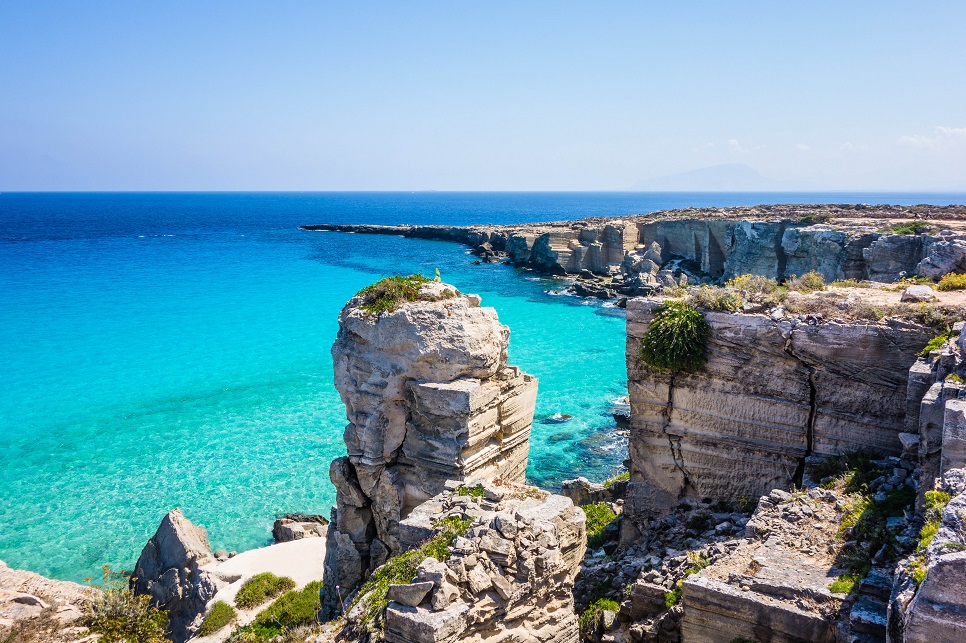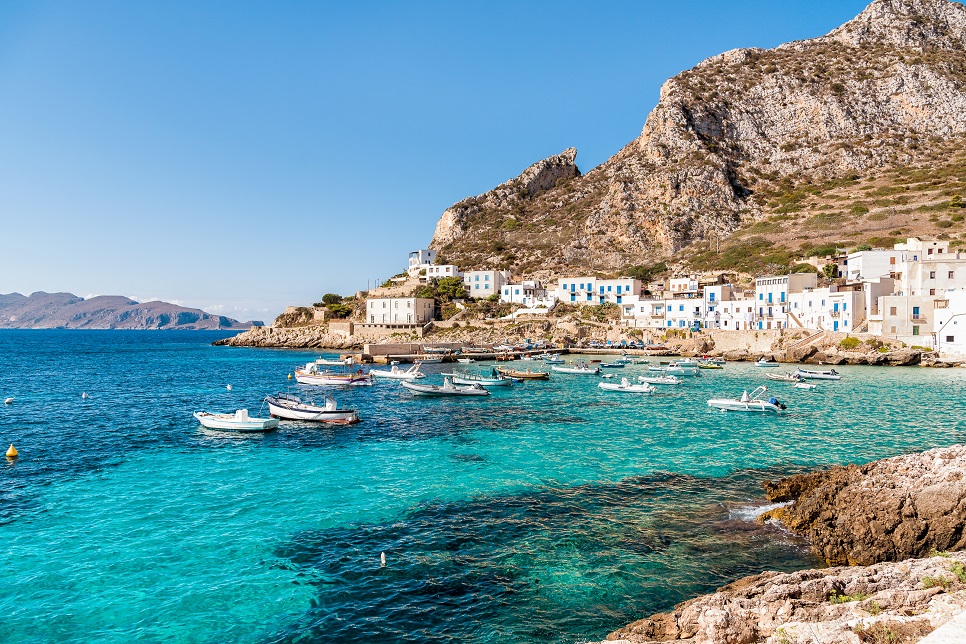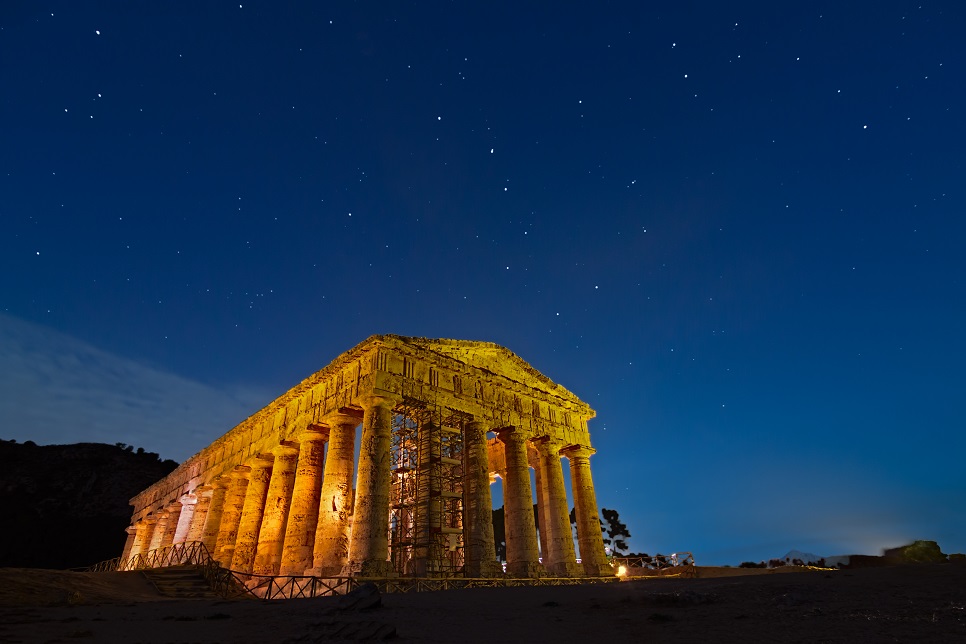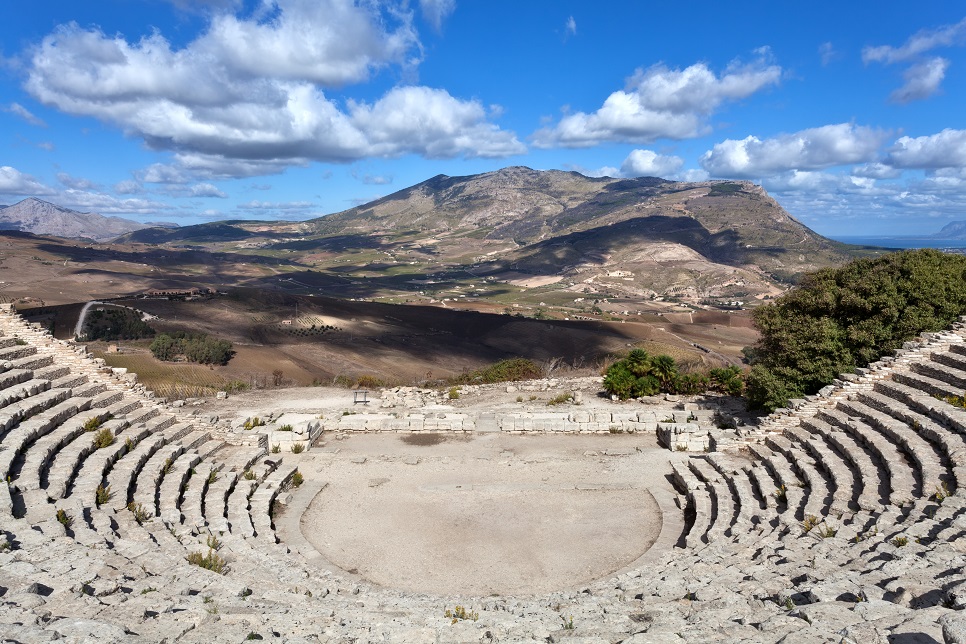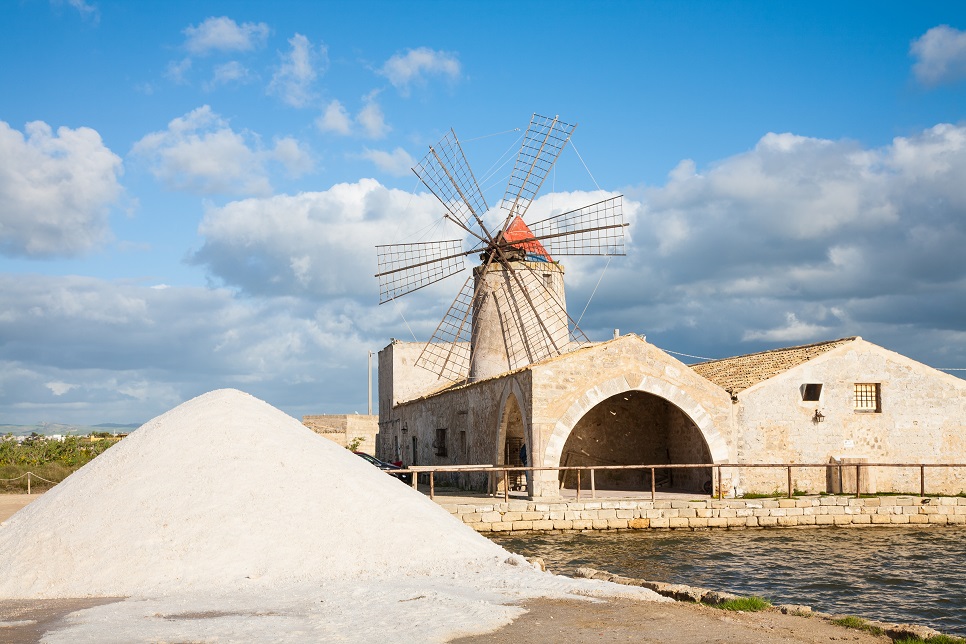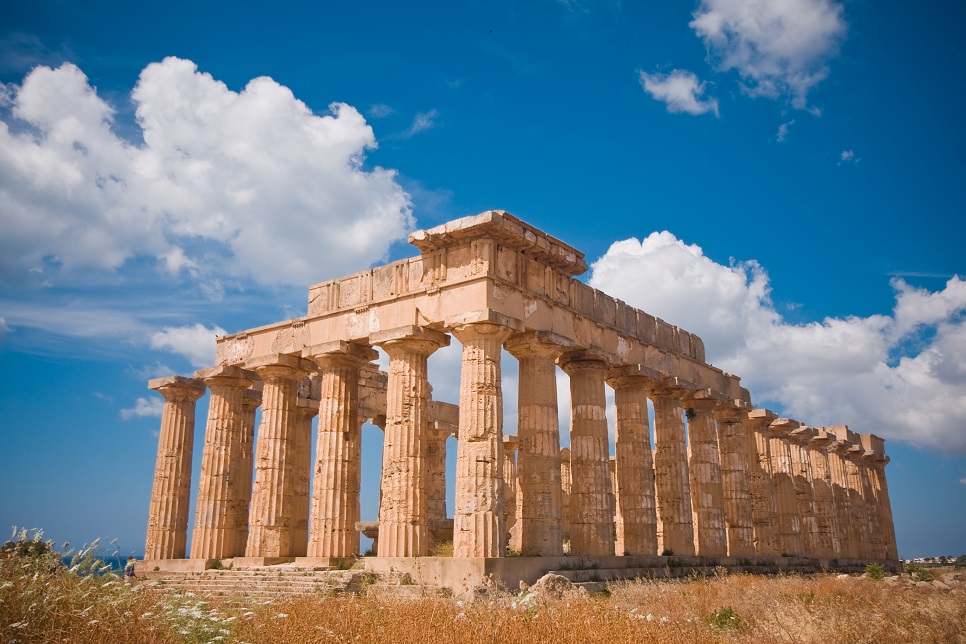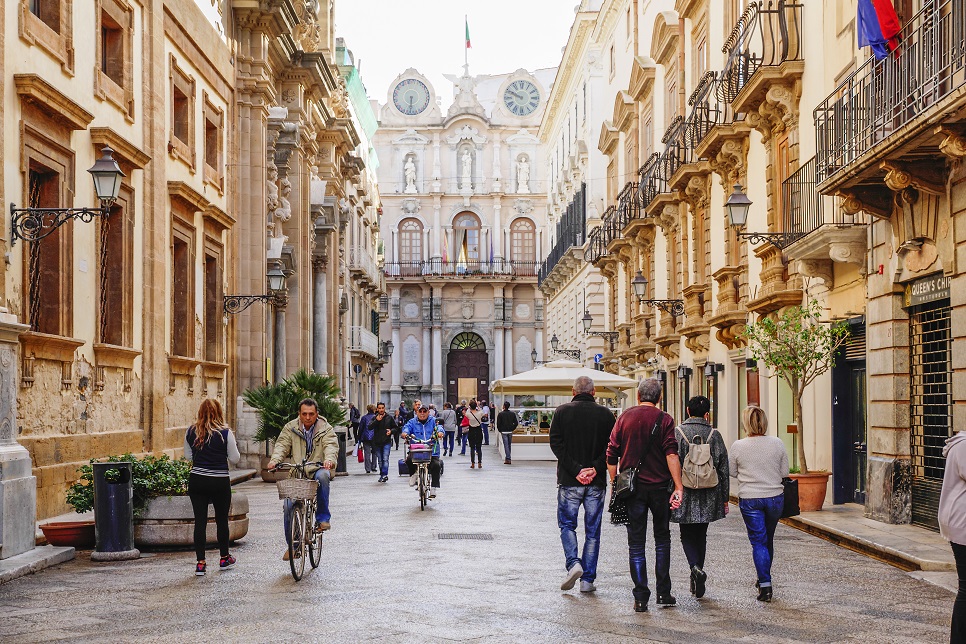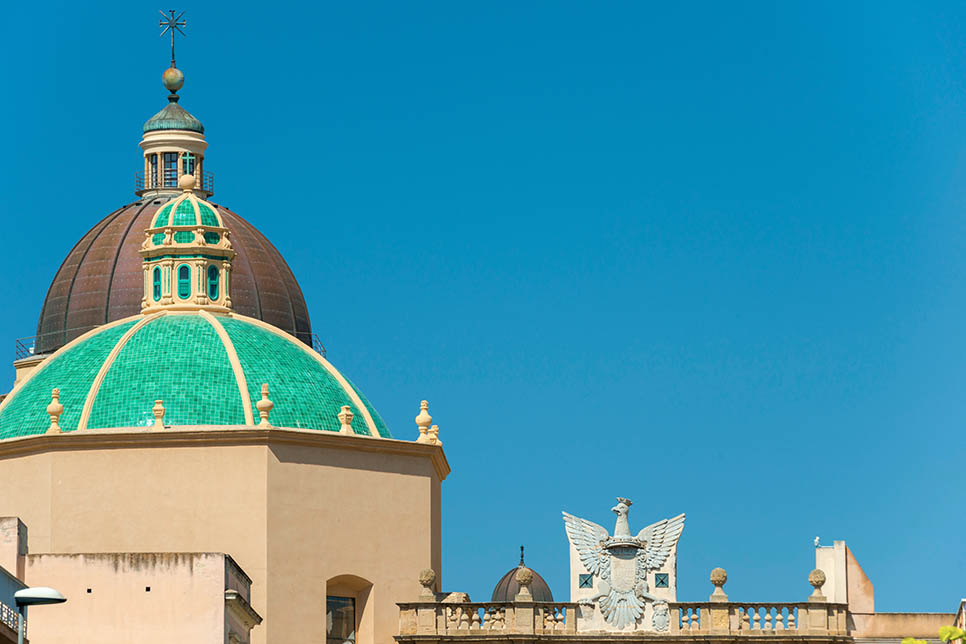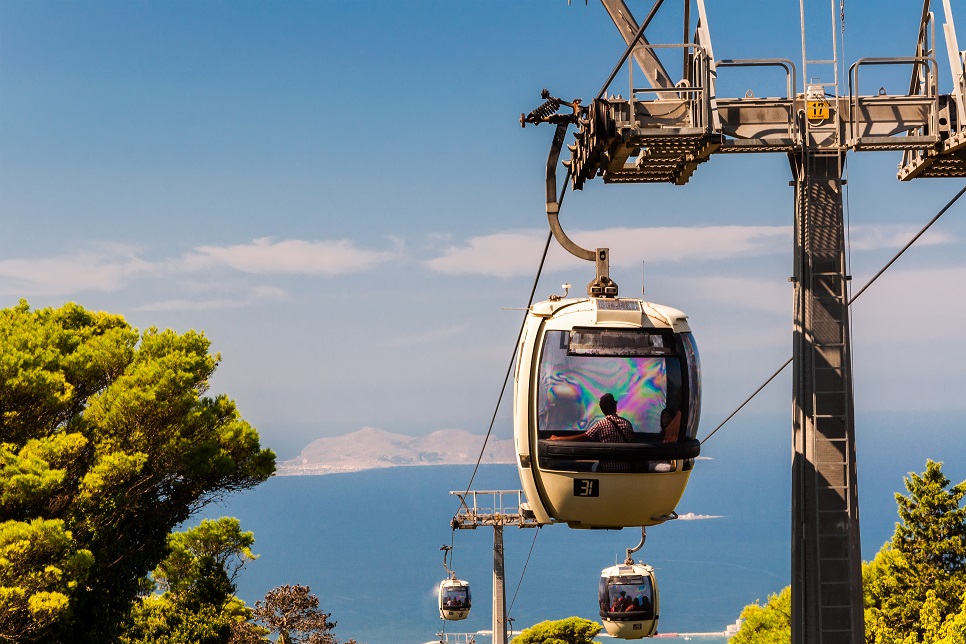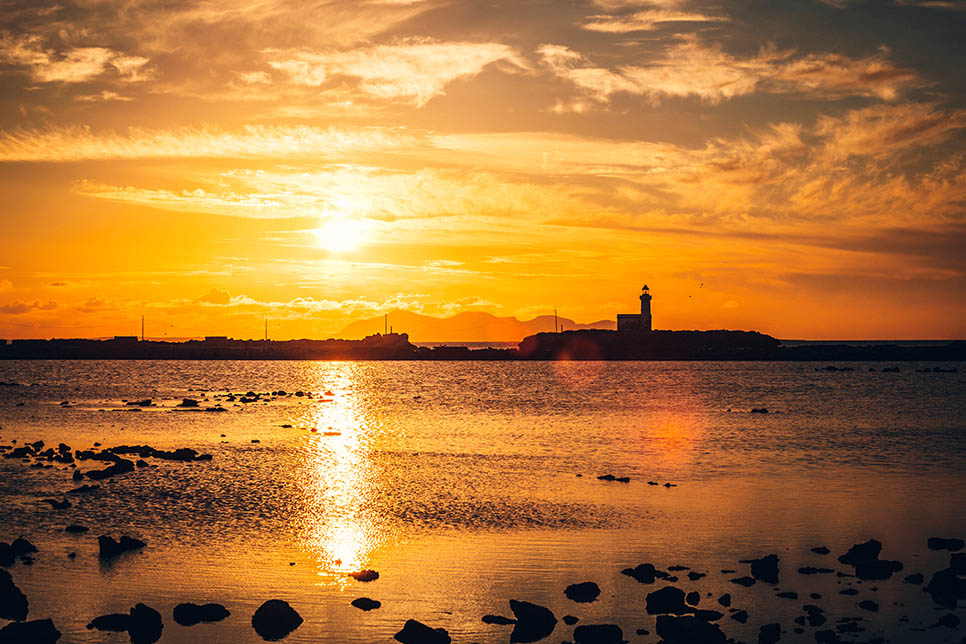If eastern Sicily looked historically to ancient Greece, the island’s seafaring western region was more strongly influenced by Africa, and specifically the age-old cultures of the Arabs and Carthaginians. The region still boasts several glorious medieval villages, resplendent ruins and a handful of Sicily’s most beautiful islands and seascapes.
The landscape of western Sicily is very varied, from the olive groves, vineyards and fertile plans of the interior to the salt pans of Trapani and the small pebbly beaches around the coastline of the Zingaro Nature reserve, Sicily’s first protected nature reserve, and Scopello. Up on the north-western point of Sicily, the fabulous white sands of San Vito Lo Capo are a major magnet for any visitor to the west coast.
Inland, the names of villages set in Palermo’s hinterlands, such as Prizzi and Corleone, are still reminiscent of the Mafia. Rather than finding any evidence of Mafia activity, visitors will find a historically complex region with a range of attractions.
Trapani, the region’s provincial capital, is geographically closer to Tunisia than to the Italian mainland. White-washed villages with names that can be traced to Arabic roots and a calendar of festivals and traditions such as the mattanza tuna cull and the Couscous Fest reinforce this presence, as do the Carthaginian settlements such as Mozia and the Arab towns of Marsala and Mazara del Vallo. Other people also left their mark, such as the Elymians who were responsible for the temple of Segesta and the hilltop village of Erice.
The landscapes found on the offshore islands of Marettimo, one of the Aegadian Islands, and volcanic Pantelleria are also very dramatic.
Food and wine
Gastronomic highlights include superb fish, seafood and Arab-influenced dishes such as couscous, in addition to Marsala wine and the rare dessert wines from Pantelleria. The region is responsible for the production of some of Sicily’s best wines and olive oils.
View all our villas in Western Sicily
Western Sicily
Vineyards, olive groves and Arabic influence
